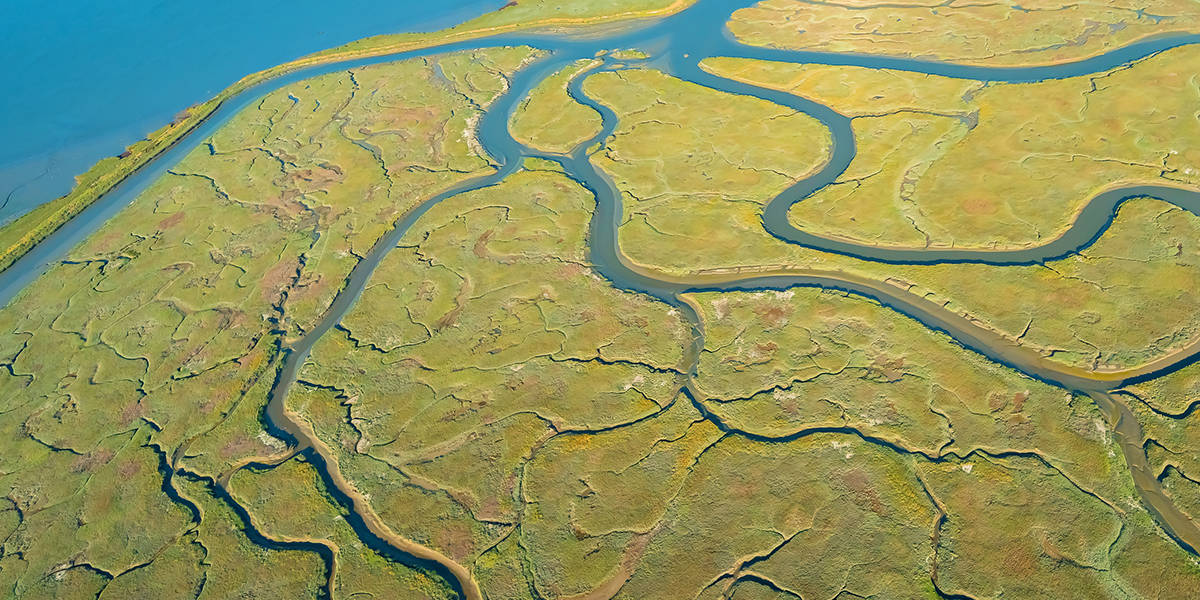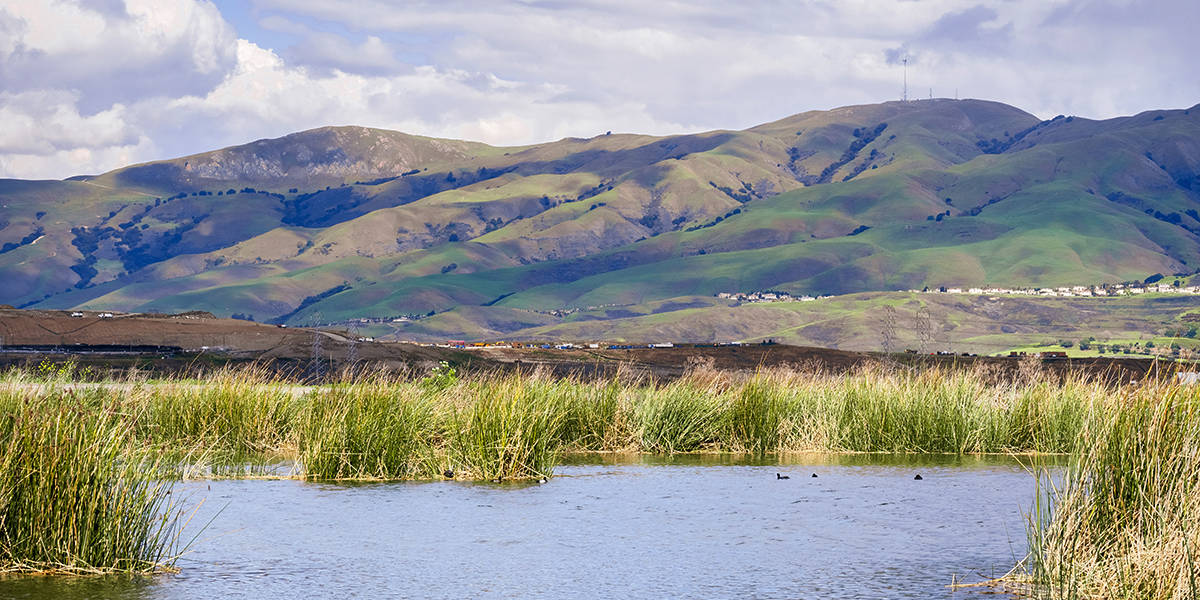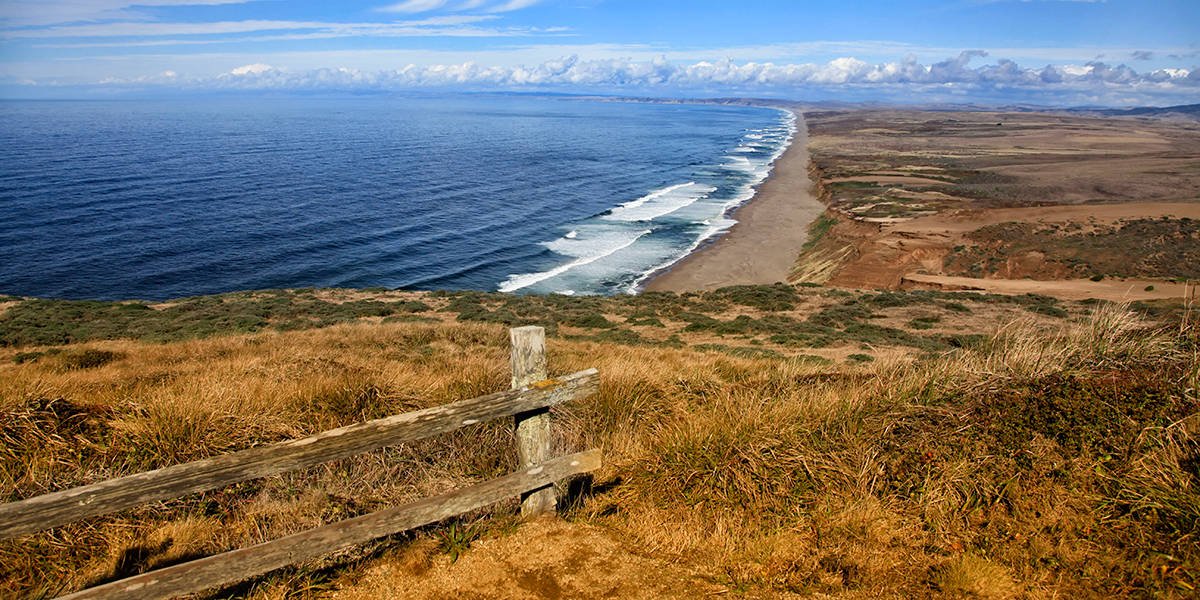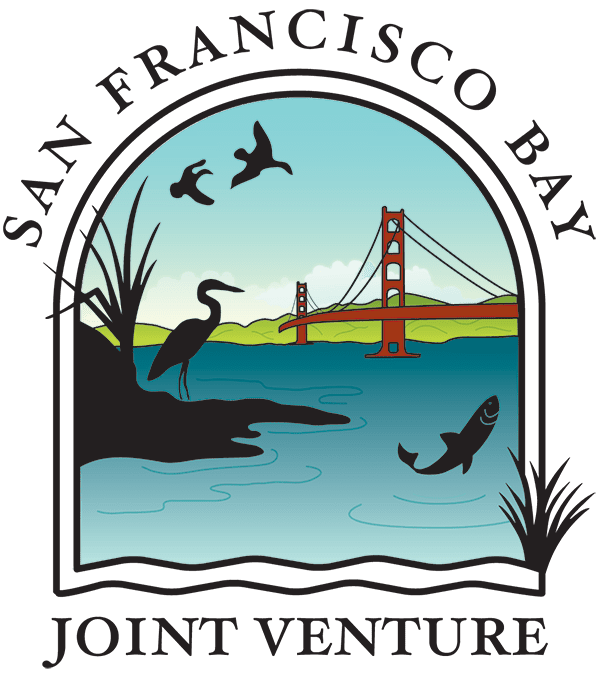Conservation
We work to preserve and restore habitats that will sustain healthy populations of waterfowl, shorebirds and other wetland dependent species.
Habitats and Birds
Habitat conservation and management is the foundation of the JV partnership and our top priority. We seek to protect, restore, and enhance habitats within our geographic scope so that wildlife will have the functional and resilient land and waterscapes they need to survive and thrive. To do this we perform on-the-ground actions and have set acreage and functional goals for a variety of habitats both within and adjacent to SF Bay.
Our goals are based on the best available information from other existing plans, Project Tracker/EcoAtlas data, and GIS-based habitat maps, as well as working sessions with technical experts. You will find more details on our goals and methodologies in Chapter 2 and Appendix A of Restoring the Estuary (2022).
"Unless people care a whole awful lot, it's not going to get better, it's not.”
the Lorax
The Places & Animals we Protect
As an estuary of international significance the Bay has been given several designations including being one of few places where shorebirds can rest and fuel on their long Pacific Flyway migration journeys and where a multitude of birds spend their winters. Also of note, as of 2022, twenty six animal species protected by federal or state Endangered Species Acts live here and rely on the Bay habitats for which we have set protection goals.
The Bay is also shared by close to 8 million people. Fortunately what is good for birds is good for people. Our work aims to benefit all who live in the nine Bay Area counties.
Healthy habitats are critically important to the overall health of the Bay, our quality of life and a myriad of native and other species that rely on them for part or all of their lifecycle. Overall, we seek to restore natural ecosystems and functions to the landscape, knowing that different habitats may require varying degrees of management in that pursuit. We do consider management to be an important means to rather than a goal of conservation.
While we focus on habitats within the SF Bay Estuary, we have also set goals to protect and improve habitats found in the outer coasts and adjacent upper watersheds. Here we describe in general the characteristics of these habitats along with some of the birds and other wildlife who rely on them.

Estuarine Habitats
These are subtidal and baylands habitats where lands are touched by the tides or would be in the absence of levees or other unnatural structures. Our protection goals also include the adjacent uplands that provide physical and ecological connections with the baylands and/or allow for habitat movement.
Within this larger estuarine category, there are a number of different habitat types including non-tidal wetlands and waters, tidal marsh, and beaches (among others). All are found in San Francisco Bay, Central Bay, San Pablo Bay and part of Suisun Bay. The open and shallow waters offer food and rest for dabbling ducks like Northern Shovelers and Pintails or diving ducks such as the Western Grebe or Double-crested Cormorant. Closer to shore in the transition zones, you might see the Greater Yellowlegs or a Long-billed Curlew wading through the waters. If you are lucky and there is some native Spartina for cover, the endangered Ridgway’s Rail might bravely take a stroll.

Watersheds
A watershed is defined as an area of land in which rainfall and snowmelt feed into a common set of streams and rivers that ultimately drain into a single larger body of water such as a river, bay, or ocean. Habitats within this system for which we have specified goals include streams, lakes and ponds, seasonal wetlands and vernal pools. These habitats support a staggering array of bird life, ranging in size and lifestyle from the tiny Anna’s Hummingbird to the majestic Golden Eagle, and a variety of songbirds.

Outer Coasts
Found along the Pacific Coast in San Francisco, San Mateo, Marin, and Sonoma counties, these habitats are influenced by marine conditions and processes such as tides, waves/swell, coastal winds, and longshore sediment transport. Coastal estuaries and the riparian habitats that drain into them are also in this broad habitat category. Abundant with wildlife, these are a great place to see shorebirds in large numbers and to observe seasonal closures to help protect these species during breeding season.
